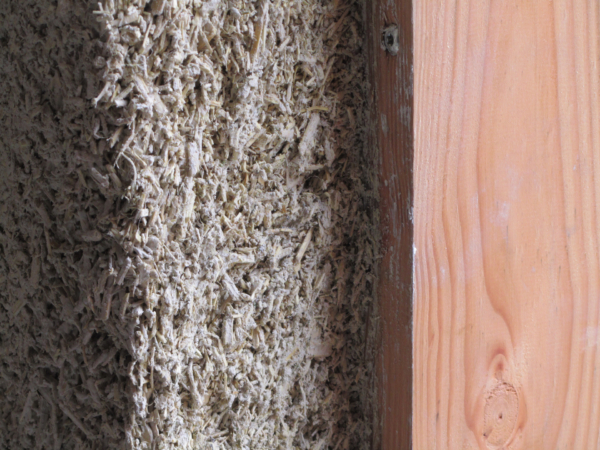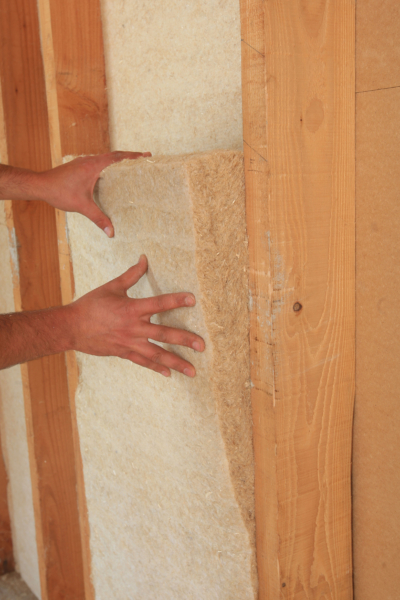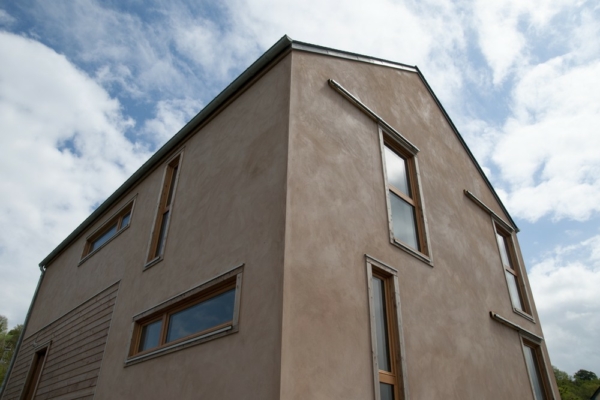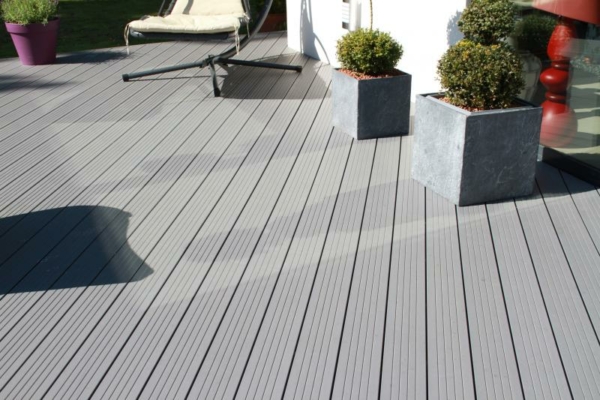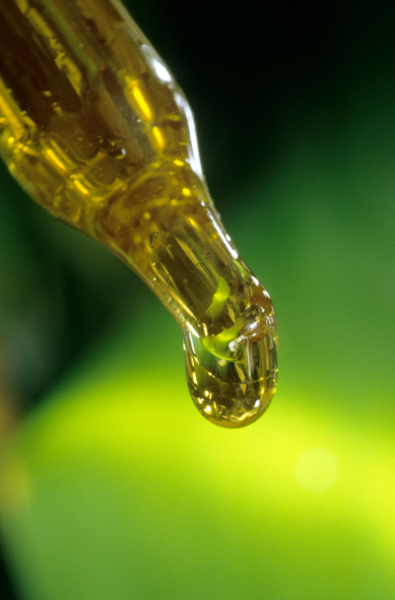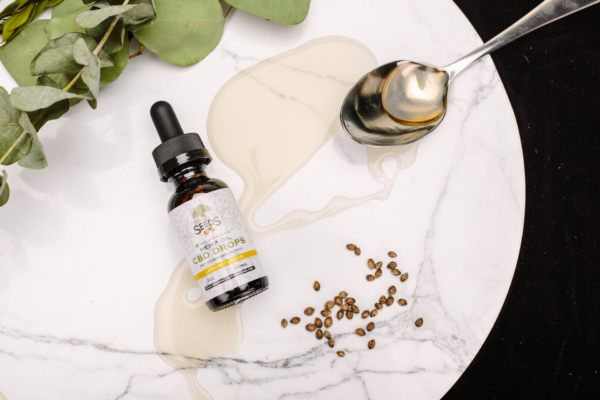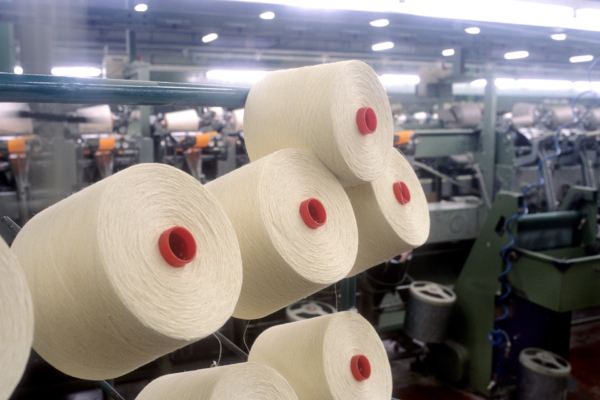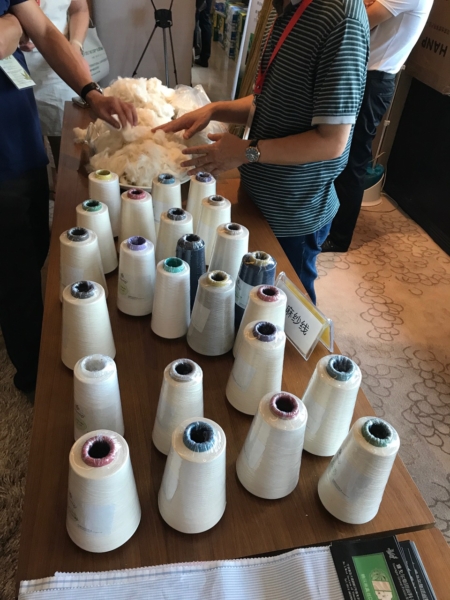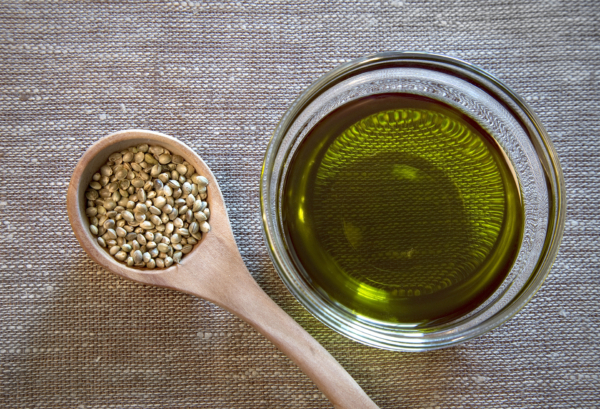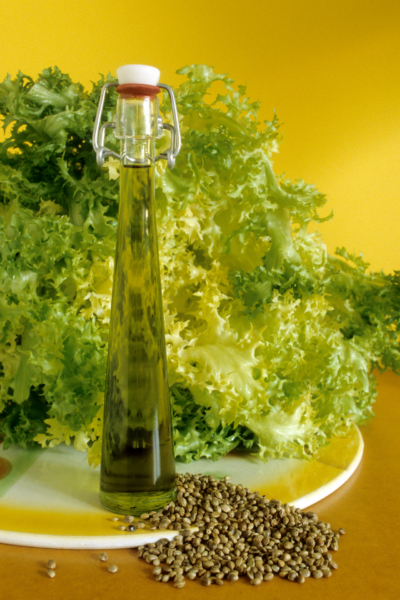The hemp markets
Building, plastics & composites, cosmetic and wellness, textile, alimentation
Some of the main markets for hemp are historical and mature:paper (stationary, cigarette paper), animal feed, animal bedding or ground straw-mulching
Other markets are now developing in terms of volume or added-value: building materials, human feed, cosmetics and wellness, textile or composites.
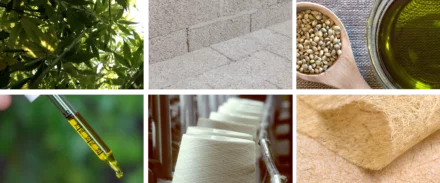
An ecological value and differentiating technical elements
Hemp has many advantages for its various application areas. In addition to its positive environmental impact on the agricultural side, hemp brings an ecological value to all its finished products.
It brings differentiating technical advantages (resistance, lightness, moisture absorption, etc.) and it is an alternative to the use of other non-renewable or more polluting raw materials. It also contributes to the valorisation of local resources and the relocation of industries in France.

Hemp in the building industry
Hemp concrete is a mixture of water, a binder (lime, quicklime) and hemp building aggregate (labeled hemp shives).
Whether used on site or prefabricated, their performance is equally well suited to new-build and renovation projects. Breathable and water-regulating, thermally insulating and a source of summer comfort, with the best fire behavior and carbon sink, they fully meet current social and regulatory requirements.
Hemp wool provides thermal performance and traps more carbon than it emits. The absence of irritating particles provides an unmatched comfort of installation, contrary to mineral wools that require the wearing of protective suits and glasses.
These products have both insulating and resilient qualities, allowing to reduce the carbon footprint and to act on the energy sobriety of buildings.

Hemp in plastics and composites
There are two techniques for bio-based plastics: extrusion or injection of fibers and flours from hemp fibers or shives.
Hemp can particularly lighten injected parts by 20 to 25%. Every time 1kg of hemp is used in an automotive interior part, 15kg of CO2 are saved and allows to travel 125km extra with the same gas tank.
Composites are made from the complexing of textile reinforcements with thermoplastic or thermoset resins. Hemp reinforcements, and in particular non-wovens used in thermocompression, allow mass savings of up to 40%.
All of these technologies can be used to produce parts for the transportation sector (automobile, railway, etc.), decking or cladding boards, garden furniture, and even shoes.

Hemp oil for cosmetics & well-being products
Hemp oil is particularly rich in omega-3 and omega-6 fatty acids, including gamma-linolenic acid, and tocopherol (vitamin E). It has long been recognized for its moisturizing properties and its ability to strengthen the skin’s hydrolipidic barrier. Hemp oil is a dry oil that absorbs quickly without leaving a greasy film. Since ancient times, it has been attributed with many anti-inflammatory, anti-atopic, healing, and anti-radical properties.
In terms of well-being, the active compounds extracted from hemp, such as CBD (cannabidiol), are currently very regulated in France, but their effects on human health are promising. It has been clinically evaluated for the treatment of anxiety, psychosis, and movement disorders (epilepsy, etc.), and for pain relief, particularly neuropathic pain in patients with multiple sclerosis.

Hemp fibers for textiles
Hemp fibers have performing characteristics (thermal and absorbent properties, strength, recyclability, authenticity, etc.) that meet the growing expectations of consumers and therefore the textile markets of today and tomorrow.
Whether for clothing, furniture, home linen, sports and leisure, or technical textiles, the European Hemp Hub aims to develop a 100% French textile hemp industrial sector.

Hemp in food
Hemp seeds can be eaten hulled or in the form of oil, flour or protein.
Hemp oil is a good source of minerals and trace elements. Its omega-3 to omega-6 fatty acid ratio is close to 4, which is exactly the ratio recommended in human nutrition. It contains alpha-linolenic acid (ALA, omega-3), and gamma-linolenic acid (GLA, omega-6).
It also contains B vitamins and tocopherol (vitamin E), which can help reduce the risk of cardiovascular disease.
Hemp seeds are a good source of protein, making them a good alternative to animal products.
Join us and participate in the ecological transition of our territories!
You want to contribute to the development of the production, processing and uses of hemp and thus participate in the ecological transition?

